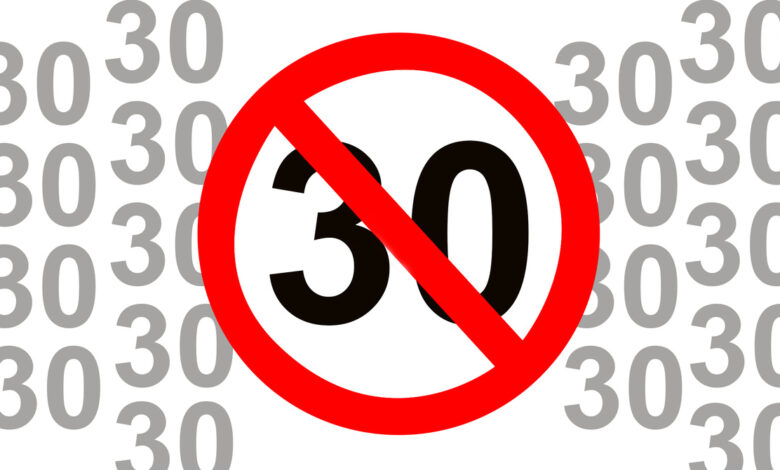Student Photography Awards Do Not Cater for All Photography Students

The Sony World Photography Awards, a recognized platform for emerging talents, has come under scrutiny for its age limit policies within its Student award category. There’s a growing concern about the fairness of age limits that exclude mature students, with questions raised about imposing an upper age limit of 30 years for participants in the student category.
The Sony World Photography Awards Student competition, themed “Home,” encourages participants to explore and express their interpretations through a photographic series. Education institutions across the world are encouraging and supporting their students to submit their entries in order to be in the running for early-career recognition of talent, which would certainly stand students in good stead for their ongoing career trajectories. When reading the terms and conditions of the student category, rule number one states: “The Competition is open to all students of photography from World Photography Organization’s selected Universities. All Entrants must be aged between 18 and 30 years of age at the time of Competition’s deadline.” The latter contradicts the former, as not all students pursuing photography qualifications are 30 years old or younger.
The crux of the issue is that not all students are recent high school graduates or young adults starting their academic journeys. It is common for creatives of all types to change careers and pursue their passions after trying to fit into working in a more traditional career. The argument for removing age limits gains strength when considering the motivations behind taking up photography later in life. Unlike younger people, mature students often come with some extra life experience, each bringing a distinctive narrative to their photographic endeavors. For some, photography might be a second career or a means of self-expression after years spent in a different field. Others might use it as a therapeutic outlet, a creative escape that adds depth to their personal and professional lives, or something to keep them occupied upon retirement.
The term “student” encompasses a diverse range of individuals, including those pursuing higher education later in life. Imposing an upper age limit overlooks the broader reality of a typical higher education classroom. Mature students, often juggling work, family, and education, might discover their passion for photography later in life, but their contributions to the student population should not be dismissed. This policy inadvertently penalizes those who bring life experiences and unique perspectives to the art form.
A student competition should extend beyond age brackets and celebrate diverse experiences, perspectives, and creative journeys. By imposing an age limit, the competition inadvertently perpetuates a narrow definition of what it means to be a student photographer. Photography is not confined to a specific age group, and the restrictive policies risk sidelining the rich contributions that mature students can bring to the table.
As someone who enrolled in formal photographic study in my late twenties when I was already working in the field of photography, I can remember aging out of student photography competitions. The exclusionary nature of these competitions not only affects individuals who, like me, ventured into photography later in life, but also undermines the diversity of perspectives that could contribute to the richness of the artistic discourse within the student community. The only option that mature students have within the confines of the Sony World Photography Awards would be the Open category, amongst a myriad of professionals and enthusiasts, which accepts single image entries only. This category also offers a different prize at $5,000 cash rather than $20,000 of Sony imaging equipment for the student and their institution. The existence of a separate Youth category for those under 18 implies an acknowledgment of the unique needs and perspectives of younger photographers. Placing an age ceiling on the student category seems contradictory, as it fails to recognize the equally diverse experiences of those over 30 pursuing photography as students.
To even the playing field, student photography competitions should consider adopting more flexible age policies. Eliminating the upper age limit would acknowledge the varied life trajectories of students. As the deadline for the Sony World Photography Awards approaches, it is an opportune moment for organizers to re-evaluate their age restrictions and pave the way for a more equitable experience for all student photographers.




